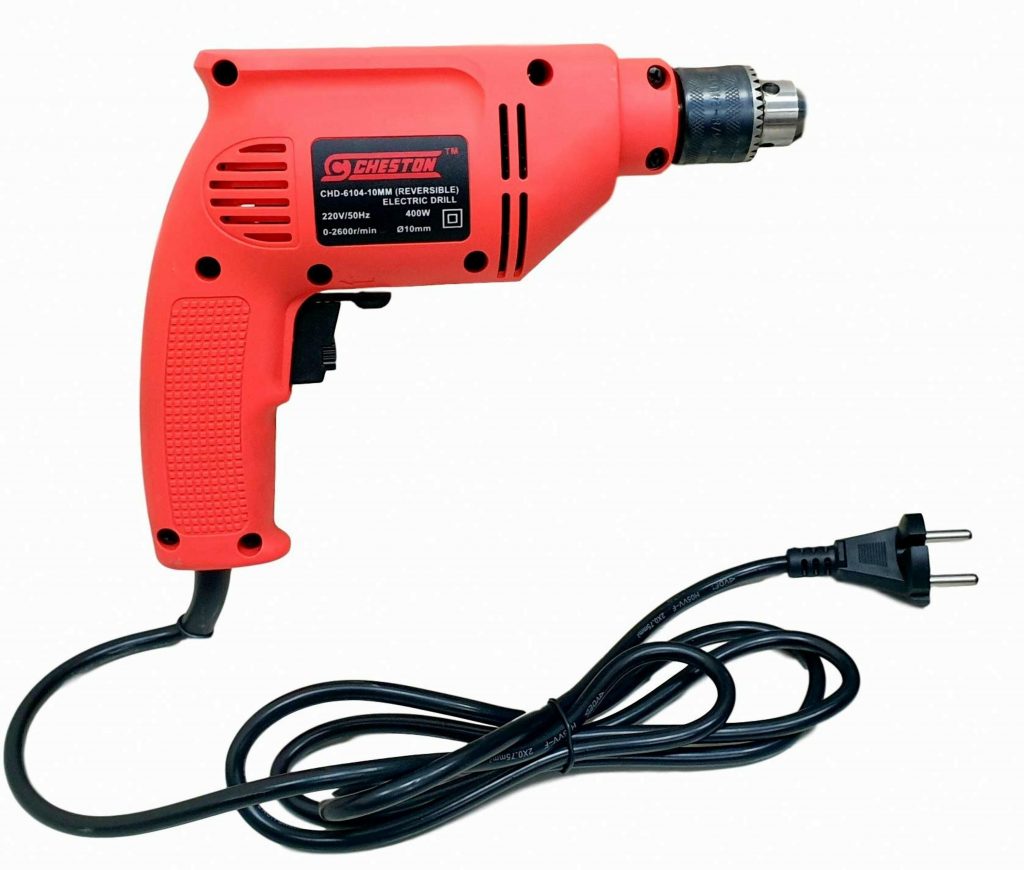Mastering the Art: Precision Techniques for Drilling Hardened Steel with a Hand Drill

Drilling through hardened steel with a hand drill demands skill, precision, and the right approach. In this comprehensive guide, we explore advanced techniques and professional insights to empower you in successfully tackling the challenge of drilling into hardened steel with a hand drill.
- Understanding Hardened Steel:
a. Composition and Hardness:
Hardened steel, known for its durability, is often used in manufacturing, construction, and various industries. Its high carbon content and heat treatment contribute to its exceptional hardness. b. Challenges of Drilling Hardened Steel:
The hardness of the steel poses challenges such as increased wear on drill bits, heat generation, and the risk of bit breakage. - Selecting the Right Drill Bits:
a. Cobalt Drill Bits:
Cobalt drill bits, known for their heat resistance and durability, are suitable for drilling into hardened steel. The cobalt content enhances their ability to withstand the hardness of the material. b. Carbide-Tipped Drill Bits:
Carbide-tipped bits, with their hardness and wear resistance, excel in drilling through hardened steel. They maintain sharpness and can withstand the intense heat generated during the process. - Optimizing the Hand Drill:
a. Variable Speed Settings:
Adjust the hand drill to a slower speed setting. This provides better control, minimizes heat buildup, and prevents premature wear on the drill bits. b. Proper Lubrication:
Lubricate the drill bit and the surface of the hardened steel with cutting fluid or a suitable lubricant. This helps dissipate heat and prolongs the life of the drill bit. - Pilot Holes and Gradual Drilling:
a. Creating Pilot Holes:
Start by creating a pilot hole with a smaller drill bit. This provides a guide for the larger bit, reduces the initial resistance, and enhances accuracy. b. Gradual Size Increase:
Gradually increase the size of the drill bit as you progress, ensuring each step is well-controlled. This minimizes stress on both the drill bits and the hardened steel. - Cooling Techniques and Heat Management:
a. Pecking Method:
Utilize the pecking method by drilling in short, intermittent bursts. This allows the bit and the steel to cool down, preventing excessive heat buildup. b. Air Cooling:
Use a stream of air or a fan to cool the drill bit and the workpiece during the drilling process. Effective heat management is crucial for preventing damage to the drill and achieving clean, precise holes. - Safety Considerations:
a. Personal Protective Equipment (PPE):
Wear appropriate PPE, including safety glasses and gloves, to protect against metal shavings and potential hazards. b. Secure Workpiece:
Ensure the hardened steel is securely clamped or stabilized to prevent movement during drilling, ensuring both safety and accuracy. - Post-Drilling Inspection and Finishing:
a. Deburring and Smoothing:
After drilling, inspect the hole for any irregularities. Use deburring tools to smooth the edges and enhance the finish of the hole in the hardened steel.
Conclusion:
Successfully drilling through hardened steel with a hand drill requires a combination of the right tools, techniques, and safety measures. By understanding the properties of the material, selecting appropriate drill bits, and implementing precision drilling techniques, you can master the art of drilling into hardened steel with confidence and efficiency.




